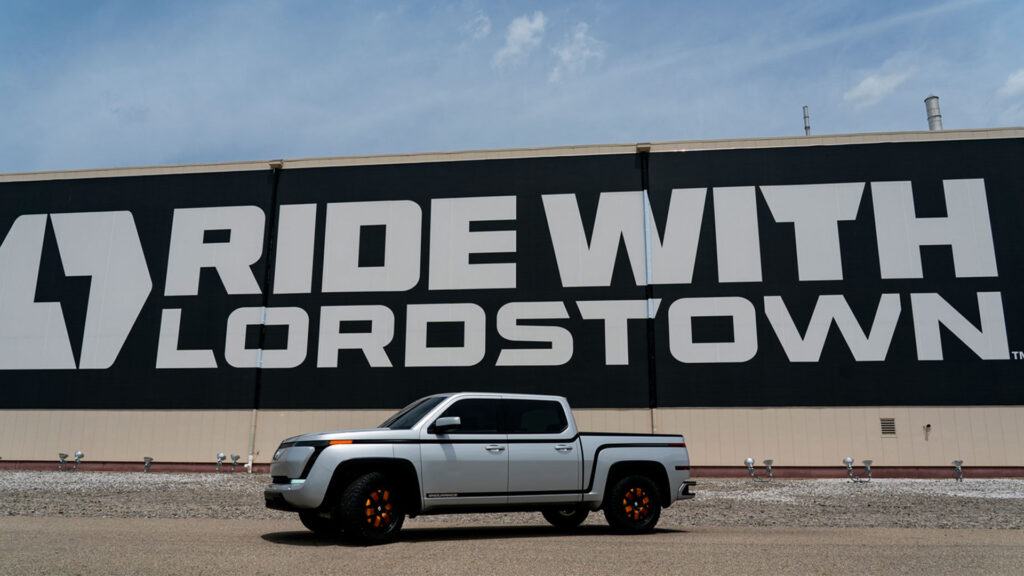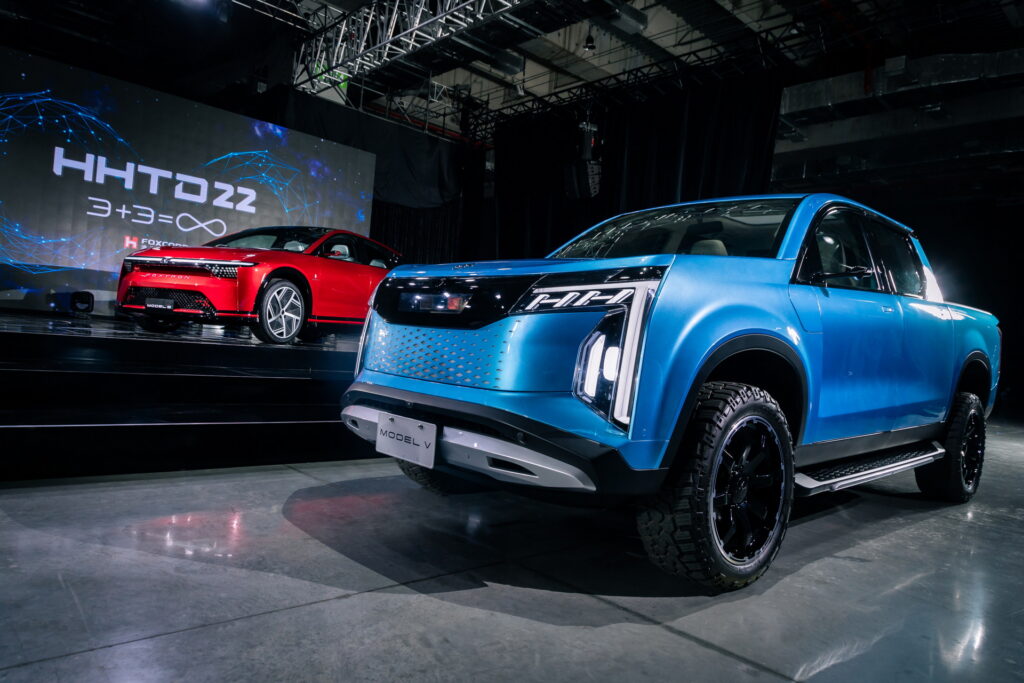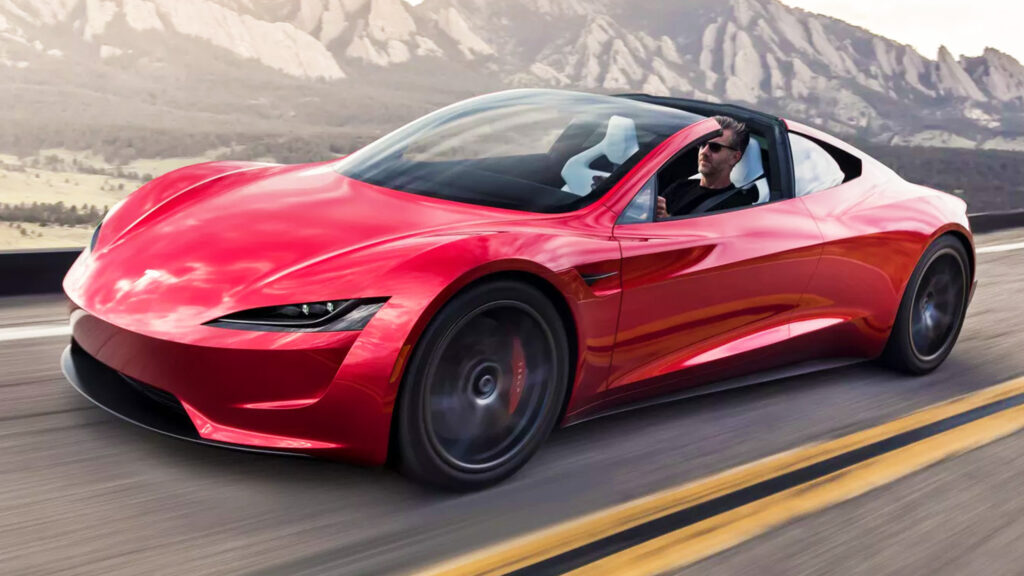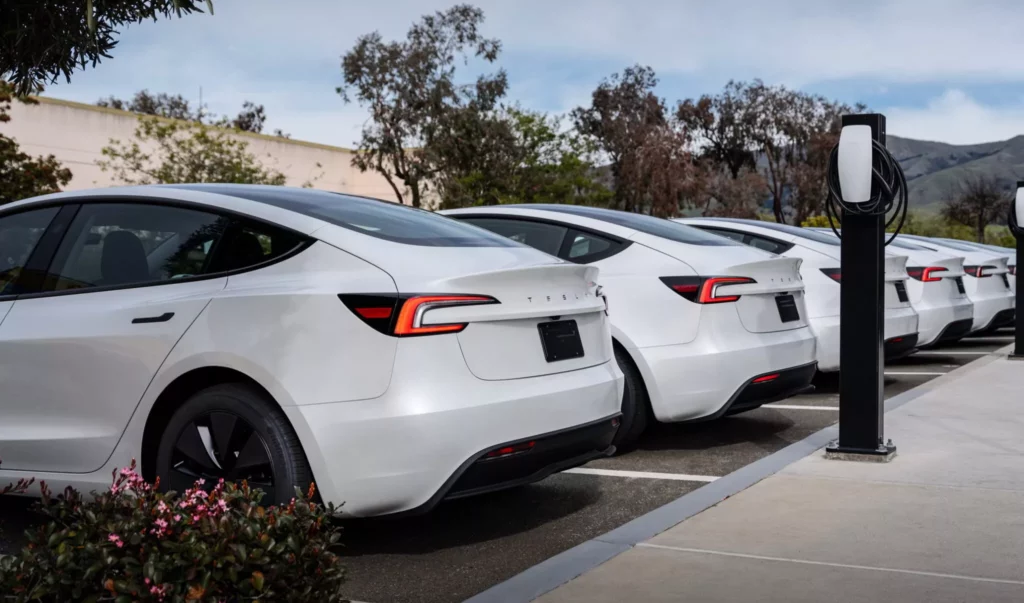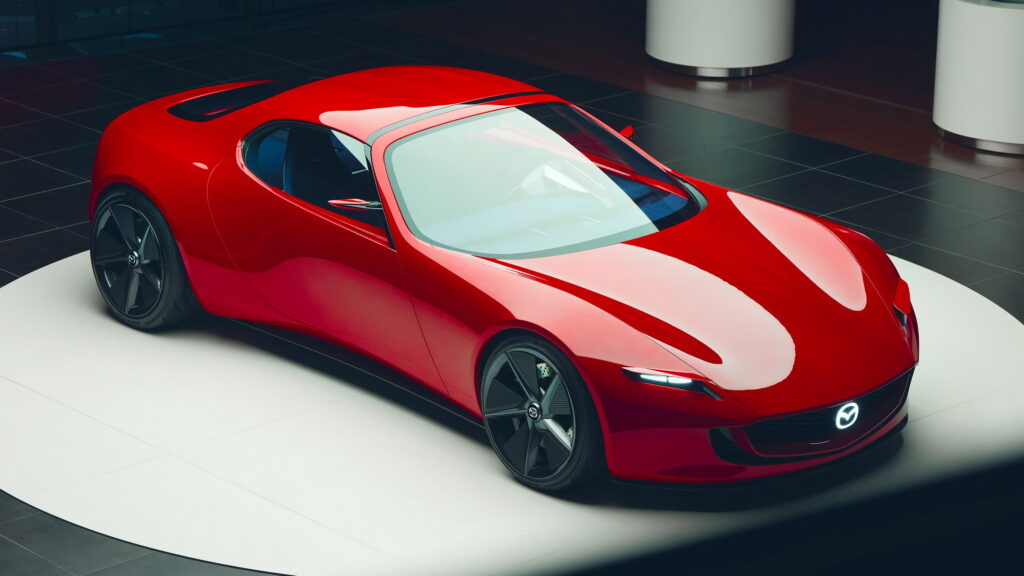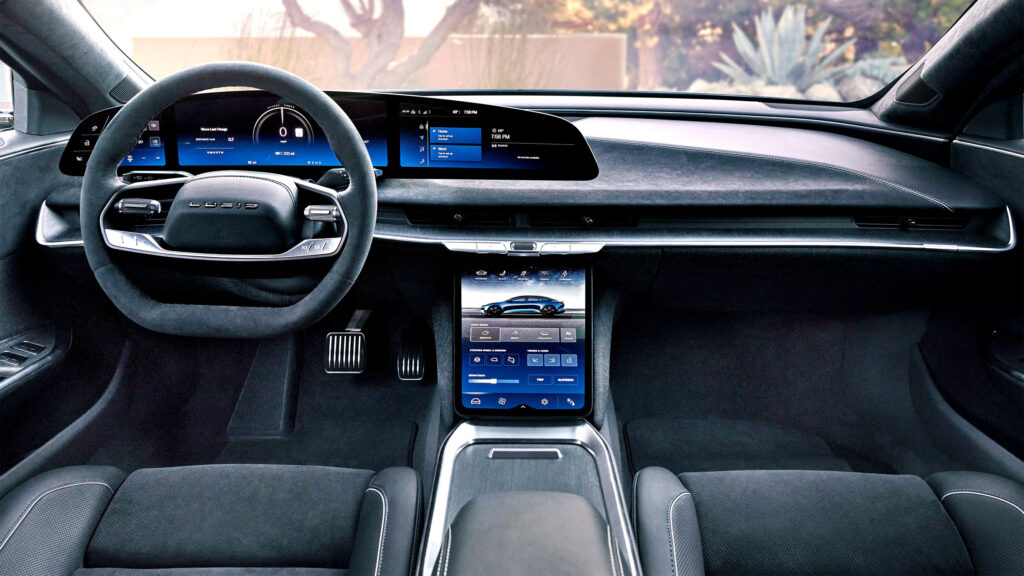Tesla Sales Collapse In Two Of Europe’s Biggest Markets As Chinese Rival Pulls Ahead

- Tesla sold only 987 vehicles in the UK last month, down from 2,462 units in 2024.
- In Germany, Tesla sold just 1,100 vehicles, and its YTD sales are down 57.8 percent.
- The sales collapse comes despite Tesla launching the updated Model Y in Europe.
Despite early dominance in the electric vehicle market, Tesla is now struggling to keep pace in Europe. Recent industry sales data continues to show a troubling pattern, with the automaker losing ground in several key countries.
Sales have taken a hit in Belgium, the Netherlands, Sweden, Denmark, France, and Italy, and more importantly, the numbers are rapidly declining in two of the continent’s most crucial markets: the United Kingdom and Germany.
Read: Tesla Is Losing Europe Faster Than Elon Musk Can Tweet
According to the UK’s Society of Motor Manufacturers and Traders (SMMT), Tesla sold a total of 987 new vehicles in the country in July. That’s a steep fall from the 2,462 units sold during the same month last year, marking a nearly 60 percent drop. What’s particularly worrying about this is that the thoroughly updated Model Y is now available in the UK, but it has failed to reverse the carmaker’s fortunes.
BYD Outsells Tesla in the UK – By a Lot
Poor sales are one thing, but adding insult to injury for Tesla in the UK is the strong performance of one of its main rivals. Chinese electric vehicle maker BYD sold 3,184 new cars in the country in July, more than four times what it managed in the same month last year. That total puts it clearly ahead of Tesla for the month, underscoring how quickly the landscape is changing these days.

German Market Slips Further
Over in Germany, things are also looking bleak for Tesla. Sales there slipped 55.1 percent in July to just 1,110 units. Year-to-date, Tesla’s sales in Germany have also collapsed 57.8 percent to approximately 10,000 units. Then there’s the threat from BYD.
Data reveals that BYD sold 1,126 new vehicles in Germany last month, narrowly edging out Tesla. Its year-to-date sales have also soared nearly 390 percent to 7,449 units.
What makes the German decline even more concerning is that it happened despite the overall electric vehicle market growing by 58 percent in July, with 48,416 EVs registered. In other words, while more buyers are turning to EVs in Germany, fewer of them are choosing Tesla.
Tesla faces an uphill battle if it wants to stop the bleeding in Europe and retain its dominant market share. Unlike in the US, where the brand doesn’t have to deal with the threat posed by Chinese automakers, a growing number of EVs from China are flooding European shores, more often than not offering better features for lower prices.







